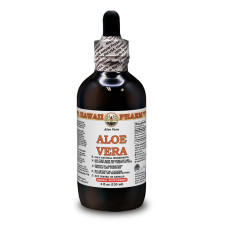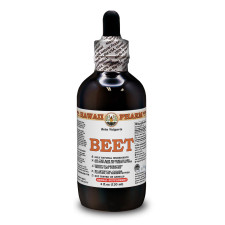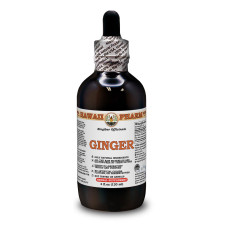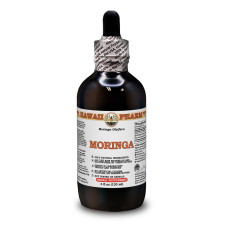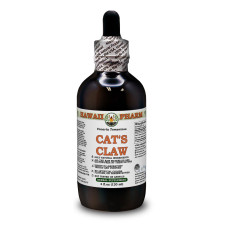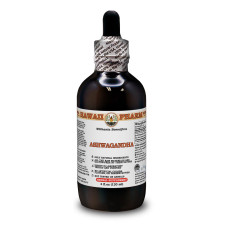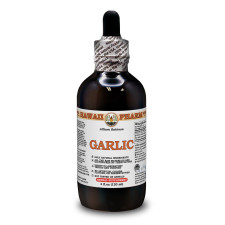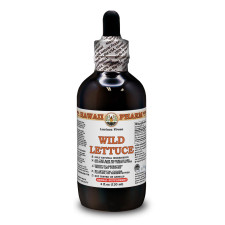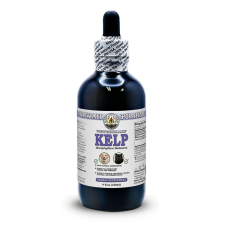
STINGING NETTLE
Stinging nettle, officially named Urtica dioica, is represented by a dioecious, herbaceous, perennial flower that belongs to the Urticaceae family. Generally it grows in Asia, Europe, North America and northern Africa. More often it can be found in the countryside. The plant is usually 1-2 m tall. It has widely-spread roots, usually hairy green leaves with serrated edges that are situated oppositely on a straight hairy green stem. The flowers are small and can be greenish or brownish.
Why Does the Nettle Sting?
There exist 6 subspecies of Urtica dioica, 5 of them possess stinging hairs on their stems and leaves. When people touch them the hairs perform hypodermic injections into their skin that contain such chemicals as histamine, serotonin, formic acid, moroidin, acetylcholine. This produces painful and itching sensation in the skin, probably that’s why stinging nettle is often referred to as burn nettle or burn weed. The pain usually passes in 10 or so minutes.
Useful Components
· Vitamins A, B2, C, K
· Flavonoids, amines, lignans
· Minerals: iron, calcium, magnesium, silicon, potassium
· Organic acids, tannins, lectins, polysaccharides
Interesting Stinging Nettle Facts
1. The stinging hairs of the nettle have probably developed as a protection against grazing animals.
2. For centuries stinging nettle fibers have been used for making clothes, sheets, tablecloths. They were also utilized for German Army uniforms during World War I.
3. In UK a World Nettle Eating Championship is held every year – actually, it’s a part of charity beer festival. The participants from all over the world are eager to join this event.
4. The Latin name for the nettle is ‘dioica’ that means ‘two houses’ because theplant produces both male and female flowers.
5. Nettles make part of many popular drinks such as beer, champagne and wine.
6. It is better to eat nettles only in spring because they become especially bitter around midsummer.
7. As soon as the nettle is dried, soaked or cooked it loses its stinging ability.
Methods of Use
· Food (part of many dishes)
· Tea
· Juice
· Dried leaves
· Capsules and tablets
· Cosmetics
· Tinctures and extracts.
If you want to eat very healthy food and spend little time on its preparation we are happy to give you an idea of a wonderful stinging nettle salad.
Stinging Nettle Salad
What you need:
· 300 g of young stinging nettle leaves
· 1 tbsp of mayonnaise
· 1 tbsp of lemon juice
· 1 tbsp of cream
· 1 tbsp of yoghurt
· Some onions or chives
· Some salt and sugar
Take fresh leaves of the stinging nettle and wash them. Then boil them shortly with hot water, dry them a little bit with a towel. After that make a dressing from cream, yoghurt, mayonnaise, sugar, salt, lemon juice and chives. Put the dressing on the nettle leaves and eat the salad immediately. Have a nice meal!





